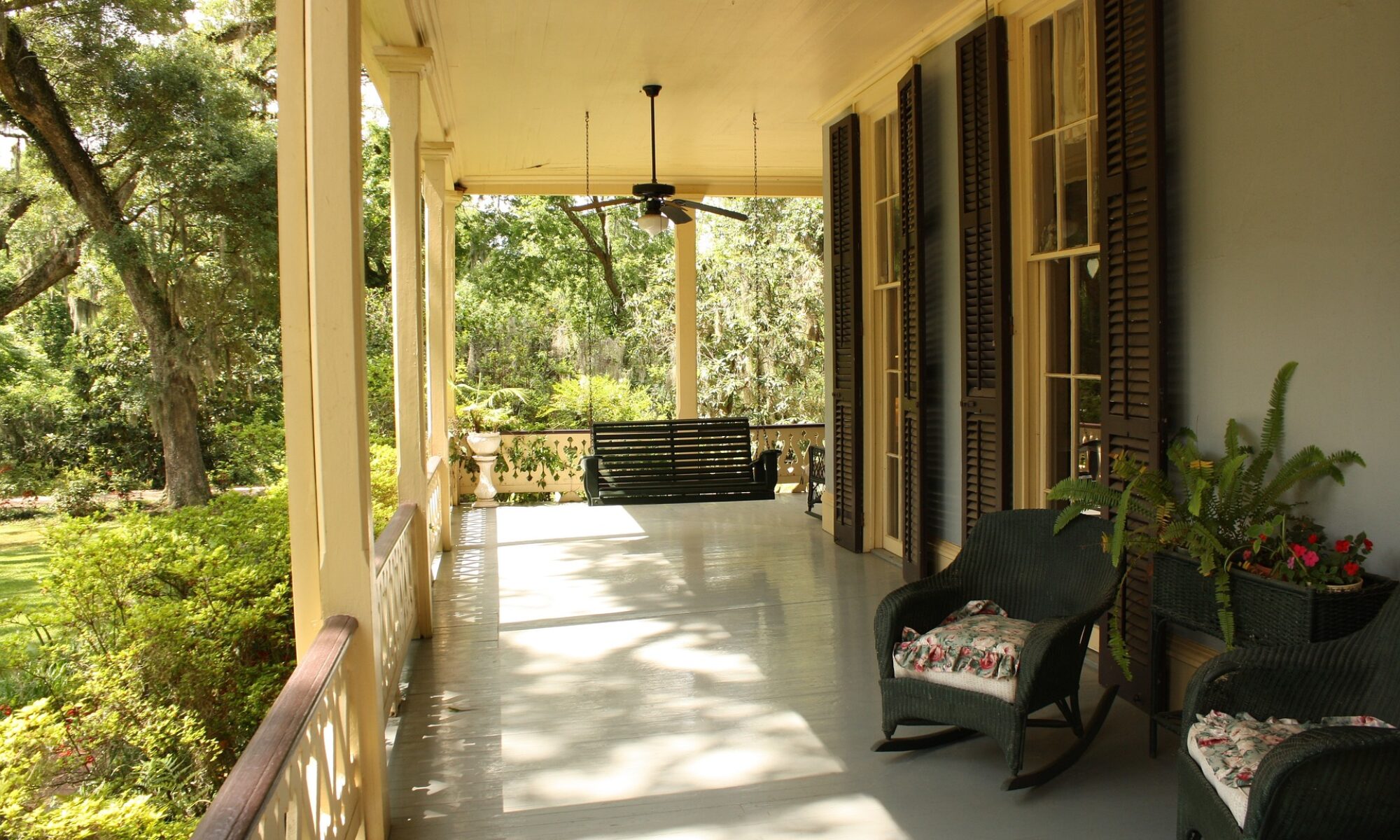
Visitors to the Northwest will often marvel at how green it is here. Magnificent trees will stretch their great boughs skyward, seemingly oblivious that they’ve taken root in a densely populated urban area. There’s a reason we’re so fortunate to have such amazing Portland trees: we protect them.
Nearly 300 “Heritage Trees” stand tall throughout Portland. Anyone can nominate a tree for this special status. Once granted, it becomes unlawful (without prior written consent) to remove, destroy, cut, prune, break or injure any designated Heritage Tree. Even trees on private property can be nominated with permission from the landowner and this consent binds all successors and heirs.

Burrell Elm
SW Main St and SW Jefferson St
American elm (Ulmus americana)
Height 78 ft
Spread 105 ft
Circumference 12.17 ft

Dutch Elm
1225 SW 6th Ave
Dutch elm (Ulmus x hollandica)
Height 105 ft
Spread 90 ft
Circumference 13.5 ft

Tulip Tree
1403 NE Weidler St
Tulip tree (Liriodendron tulipifera)
Height 72 ft
Spread 65 ft
Circumference 15.5 ft

White Oak
NW 23rd & NW Overton
Oregon white oak (Quercus garryana)
Height 80 ft
Spread 86 ft
Circumference 15.4 ft

Wych Elm
222 SE 17th Ave
Wych elm (Ulmus glabra)
Height 100 ft
Spread 60 ft
Circumference 14.9 ft
No matter where you are in the city, one of these proud trees likely lives nearby. Want to find an epic Heritage Tree? There’s a free iPhone app for that. You can learn more about it here.
There’s even a handy Portland Heritage Guidebook you can check out online or right-click and save for later viewing.
And for good measure, here’s an interactive map:
Get out there and explore Portland’s glorious Heritage Trees!
 and it will probably be a good thing in the long run. It affects sellers and buyers. A seller will need to pay for a report about the home’s “energy score” before putting their home on the market. The report will allow buyers to get an objective look at how efficient a home is before they even go look at it.
and it will probably be a good thing in the long run. It affects sellers and buyers. A seller will need to pay for a report about the home’s “energy score” before putting their home on the market. The report will allow buyers to get an objective look at how efficient a home is before they even go look at it. 



















